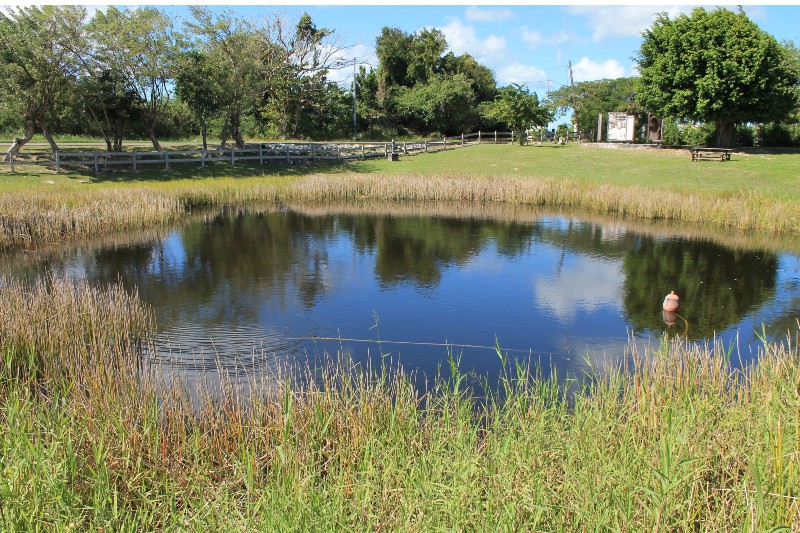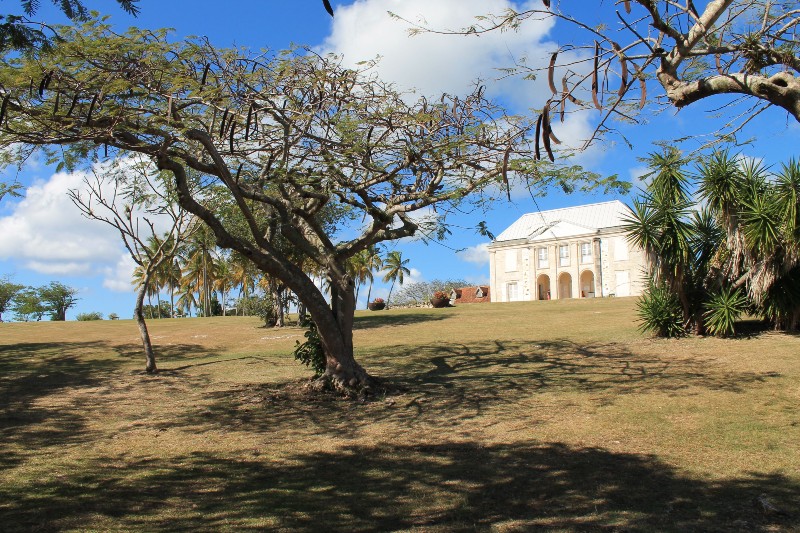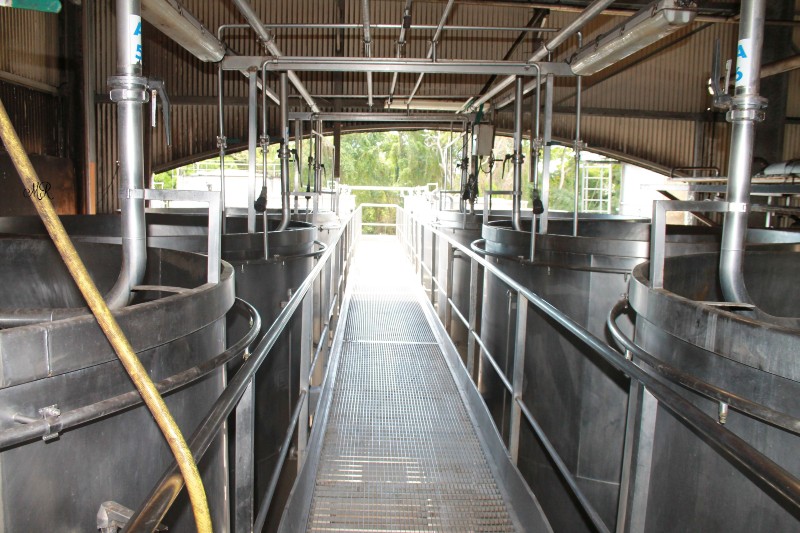
Marie-Galante: The Hidden Caribbean Gem Every Traveller Should Experience
An island where time stands still
Thursday, May 29, 2025|
There’s a place in the Caribbean where time slows, the air tastes of cane sugar and sea salt, and the soul finds peace. Marie-Galante, an unspoilt island of Guadeloupe, isn’t just a destination. For me, it’s a return to essence. As a child, I spent half of my summer holiday on the island, where my aunt lived with her husband. They supervised a sugar cane plantation and had many cows and goats. I lived Marie-Galante. During those days, barefoot on warm sand, I watched fishermen haul in their catch, ran through sugar cane plantation, tried to name all the starts and fell asleep to the sound of tree frogs. I often chased fireflies and the life around me. What I’m sharing with you is more than a guide—it’s an invitation to experience a slice of my heritage that too many overlook. If you’re after roots, rhythm, and real rest, then Marie-Galante belongs on your list.
Top Things To Do in Marie-Galante
Whenever I visit Guadeloupe, I always try to squeeze in a day trip to the charming island of Marie-Galante. One beautiful morning, I asked my brother to drop me off at Pointe-à-Pitre, where I hopped on a boat to Grand-Bourg, Marie-Galante. An hour later, I arrived, with no tour booked, just a desire to wander and explore.
I found myself alone wandering on the port, as the last of the tourists departed for their tour. Since I speak both French and Creole, our local dialect, it wasn't long before I connected with a friendly driver who was happy to take me around to revisit the places I'd been longing to see.
My first stop: La Mare au Punch. During Marie-Galante's 1849 elections, rampant fraud against newly freed slaves ignited a revolt. In an act of defiance, the angry population pillaged a plantation, pouring its rum and sugar into a pond, creating La Mare au Punch. This site now stands as a powerful symbol of their fight for justice.
As a child, I used to go there to play.

Image: Finding moments of peace by 'La mare au punch' in Marie-Galante

Image: Habitation Murat Where history echoes. Reflecting on the strength and resilience of our ancestors.
Habitation Murat
Then on to Habitation Murat, located in Grand-Bourg, is a significant historical site that was once the island's largest sugar plantation. Dating back to the 17th century, it flourished under the Murat family, employing hundreds of enslaved people by the 19th century. Today, the preserved ruins, including the impressive main house, windmill, and "beast mill" (powered by animals), serve as the Marie-Galante Ecomuseum, offering a poignant insight into the island's colonial past, its sugar industry, and the harsh realities of slavery. For me, it was a playground. I used to love running on the massive ground and visiting' la Grande Maison'. To my aunty, a peaceful and quiet moment at home.
Marie-Galante was once home to over 100 sugar mills. Many are now ruins you can visit—hauntingly beautiful reminders of the island’s colonial past.
Also, do not skip a rum tasting. Distillerie Bielle, Distillerie Bellevue, and Poisson (makers of Père Labat) produce some of the finest agricoles in the Caribbean. You’ll taste the difference; this is real, sugarcane-distilled rum, not the commercial stuff.
- Moulin de Bézard: Located near Capesterre, this is one of the best-preserved historic windmills on the island. Built in the 1840s and restored in the 1990s, it offers a glimpse into Marie-Galante's sugarcane-producing history.
- Distillerie Bellevue: The distillery has a windmill, combining the old and new buildings.
- Other Plantations: As you explore Marie-Galante, you'll find crumbling windmills and stone ruins scattered across the landscape, remnants of former sugar plantations. Rusted gears are often seen around these structures.
Plages, Sand and Rhum
La Plage de la Feuillère: This beach in Capesterre is postcard-perfect—white sand, turquoise water, and often nearly empty. The reef protects the shore from strong currents, making it safe for swimming and snorkelling. Don’t be surprised if you’re the only one there.
Anse Canot (Saint-Louis): A truly idyllic and serene spot, Anse Canot offers pristine white sand and crystal-clear, calm waters, ideal for a tranquil swim or simply relaxing in a postcard-perfect setting.

Image: Inside a Marie-Galante rum distillery, where Caribbean heritage is crafted
Eat Like You Mean It
Food in Marie-Galante is rich, soulful, and deeply Creole. Expect fresh seafood, smoked meats, plantains, and plenty of spice.
Chez Henri (Capesterre): Beachside bar and restaurant with live music, local cuisine and strong rum punch.
La Playa (Saint-Louis): Fresh lobster, grilled fish, and stunning sunset views.
Ti’Kafé: A perfect coffee and pastry stop in Grand-Bourg.
And don’t miss the street food, bokit (fried bread sandwiches), accras (saltfish fritters), and sorbet coco from roadside vendors are essential eats.
As a mature Black traveller, you understand that travel isn’t just about ticking boxes, it’s about connection. Marie-Galante isn’t loud with history; it whispers it. You can feel the stories in the sugar mill stones, taste resilience in the food, and hear pride in the Creole spoken by elders under the mango trees.
This is Caribbean life undiluted and I love it. No mega resorts, no cruise ships offloading thousands. Just authenticity, quiet joy, and the kind of deep cultural grounding that hits different when you know your people have walked this soil.
It’s also one of the few places where Black travellers are the majority, not the novelty. You move through the island not as an outsider but as someone returning as I do as often as I can.
Final Thoughts: Marie-Galante Is Your Next Move
If you’re burnt out on tourist-trap islands and overpriced beach bars, it’s time to do something different. Marie-Galante gives you heritage, peace, flavour, and authenticity without the noise. It’s the kind of place that leaves a mark, quietly but permanently. Keep an eye on the time for the 4PM boat departure.

Image: Perfect the essence of Caribbean cuisine, grilled fish, rice and peas, fried plantains and a bottle of Carib Premium beer or a Ti-Punch
![]() No comments yet. Be the first to comment!
No comments yet. Be the first to comment!
